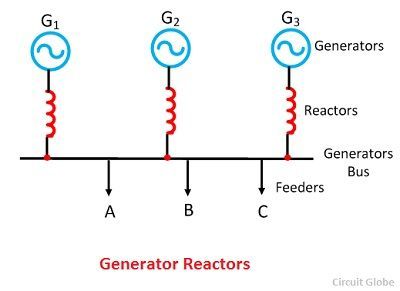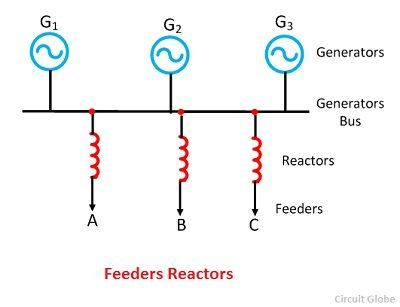Introduction Understanding Current Limiting Reactors
Current limiting reactors are essential components in power systems, designed to limit short-circuit currents during fault conditions. These inductive coils offer significant inductive reactance compared to their resistance, effectively mitigating the impact of short circuits.
Beyond current limitation, these reactors also help reduce voltage disturbances, protecting sensitive equipment and maintaining the stability of the electrical grid. They are strategically placed in feeders, generator leads, and bus sections to minimize the magnitude of short-circuit currents and their disruptive effects.
Function The Main of a Current Limiting Reactor
The primary function of a current limiting reactor is to maintain its reactance even when significant short-circuit currents flow through its windings. This capability is crucial for preventing catastrophic failures.
When fault currents exceed certain thresholds (e.g., three times the rated full-load current), large cross-section iron-cored reactors may be considered for their high impedance characteristics. However, these can be expensive and heavy. Air-cored reactors are often preferred due to their cost-effectiveness and reduced losses.
Benefits Functions of Current Limiting Reactors: Protecting Your System
Current limiting reactors provide several vital benefits, including protection against mechanical stress and overheating by reducing short-circuit current flow.
They minimize voltage disturbances caused by short circuits, which supports the health of the whole electrical system. Also, they restrict fault currents to the faulty section, which contains any potential problems and protects the healthy parts of the system. This helps maintain the continuity of the power supply.
Drawbacks and Considerations
While beneficial, current limiting reactors have drawbacks. Their installation increases the total percentage reactance in the circuit, which can decrease the power factor, leading to poorer regulation.
It's crucial to consider these factors when implementing reactors to ensure optimal system performance and reliability.
“Current limiting reactors are the unsung heroes of power systems, silently safeguarding our infrastructure from the devastating effects of short circuits.
A Power System Engineer
Interactive Features
Explore the impact of Current Limiting Reactors
Reactor Type Selector
Compare the pros and cons of different reactor placements: Generator, Feeder, and Bus-Bar.
Fault Current Simulator
Visualize how reactors limit fault currents in a simulated power grid.
Location Strategic Reactor Placement in Power Systems
Reactors are strategically located throughout power systems to limit short-circuit currents. Common placement locations include generators, feeders, and bus-bars.
Generator reactors are installed between the generator and the generator bus, safeguarding the machines individually. Feeder reactors, connected in series with the feeder, isolate faults, allowing the bus bar to remain relatively unaffected. Bus-bar reactors offer unique solutions, such as in ring and tie-bus systems.
Types Reactor : Generator, Feeder, and Bus-Bar Systems
Generator Reactors: These reactors are inserted between the generator and the generator bus, protecting the machines. They typically have a per-unit magnitude of about 0.05. A disadvantage is that a fault on one feeder can affect the whole system.
Feeder Reactors: Connected in series with feeders, these reactors isolate faults to a single feeder, preventing widespread disruption. A constant voltage drop and power loss occur during normal operation.
Bus-Bar Reactors: These reactors are inserted in bus bars to prevent the constant voltage drop and power loss found in the other systems. They come in two variants: ring systems and tie-bus systems. Ring systems connect generator and feeder sections, while tie-bus systems offer additional advantages regarding fault current management.